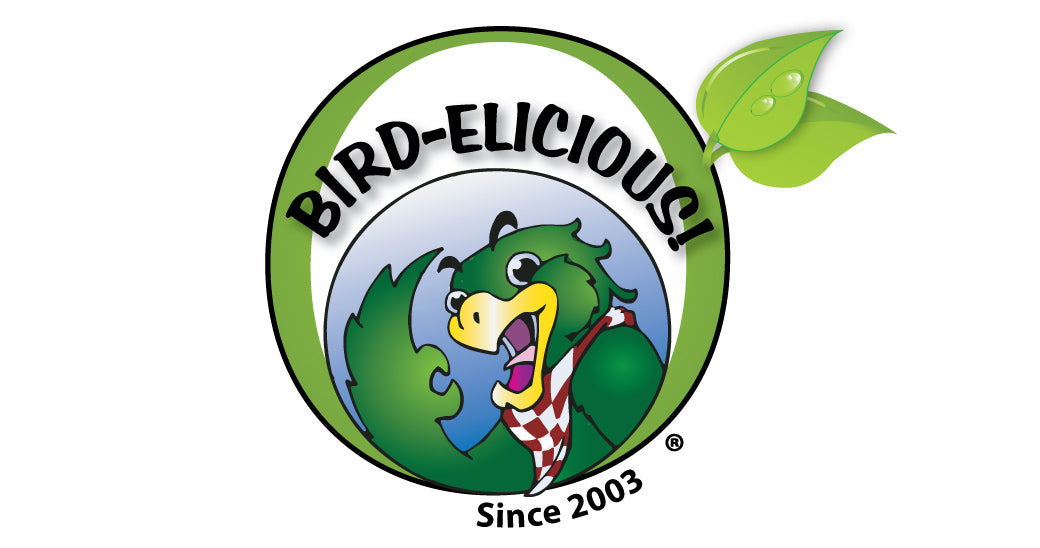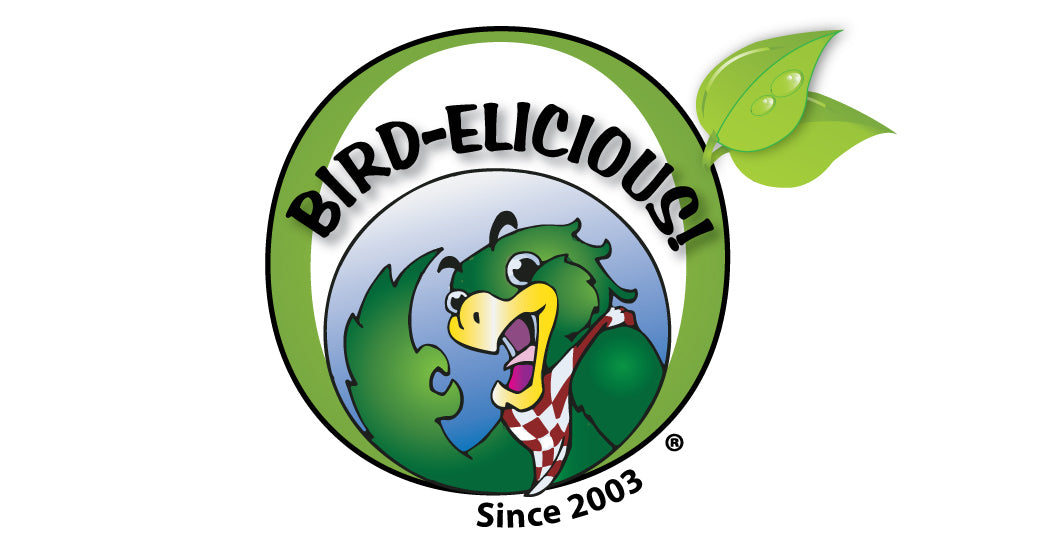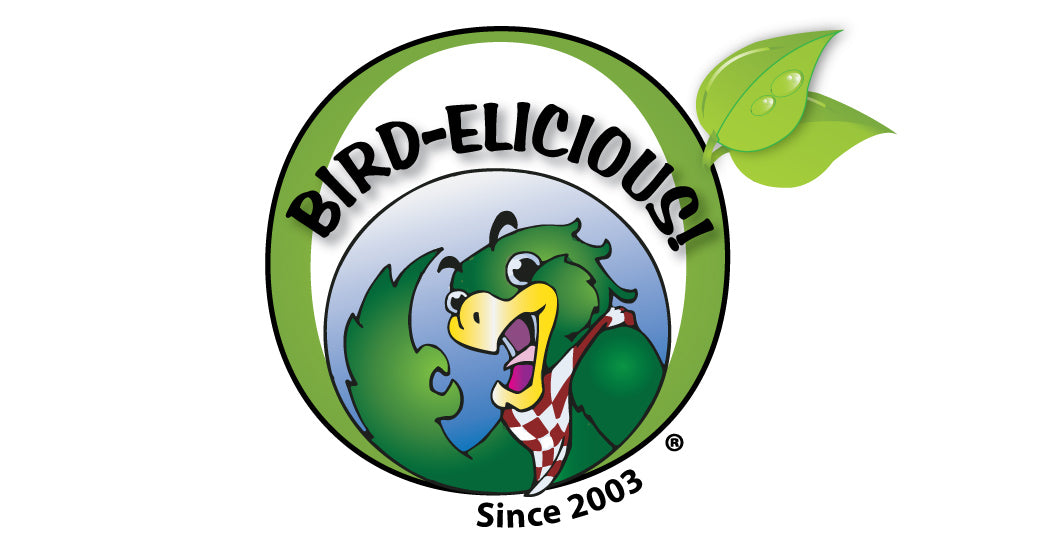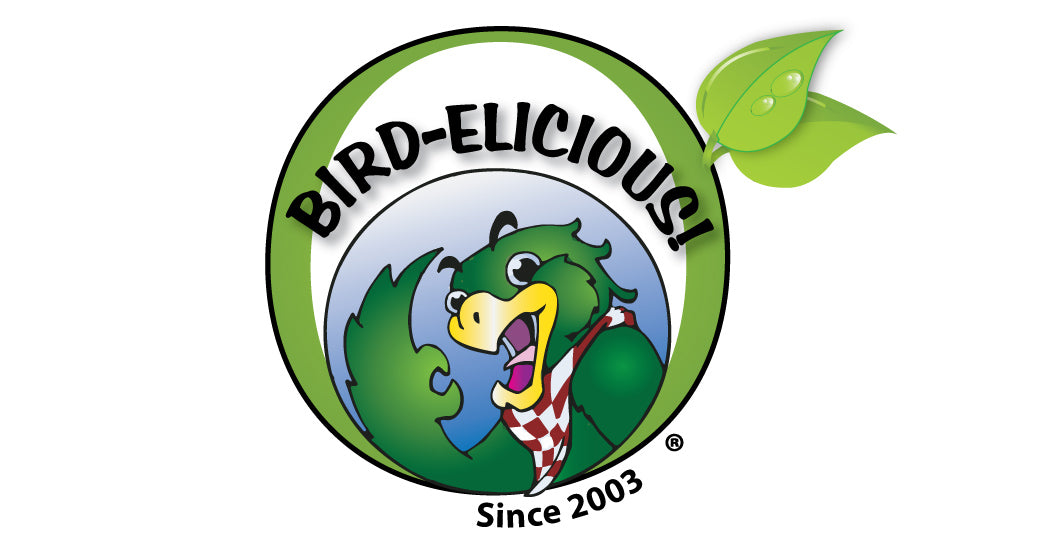But not just any banana…green banana.
Why am I talking about green banana for our birds? As it turns out, green banana is higher in resistant starch than a ripe banana, and that is a very good thing when it comes to the digestive process. Resistant starch slows the digestive process down so that starch contained in the banana enters the system at a much slower rate. Fortunately, this doesn’t put as much strain on the overall endocrine system, especially since banana is also packed with fruit pectin further slowing down the absorption of starch into the system! In fact, this slows down and levels out fruit sugar from entering the blood system. Yep, green bananas are one of the perfect foods Nature created for our feathered friends!
Before we get too deep into all of the wonderful benefits of bananas, let’s remember that bananas are indigenous foods for almost all of our exotic birds…yep for tropical birds of the rainforest as well as birds from the arid forests bananas are abundant in almost any region where exotic birds come from! This means that bananas contain the kind of fiber, “pectin” fiber along with any starch they contain that our birds’ digestive systems were created to digest!
But that’s not why I’m really talking up a storm about green bananas! What I’m really excited to tell you about is that green bananas are a “pre-biotic” that contain butyric acid, a short-chain fatty acid. This short-chain fatty acid mixes with other digestive acids and moves along the digestive tract into the lower gut where fermentation takes place. Fermentation is a digestive process that must take place for foods, mostly carbohydrates to be converted into energy. Butyric acid may contribute to the production of hydrochloric acid, one of the main digestive acids necessary for the breaking down of all nutrients, especially the breaking down of dietary protein!(1) Even more important, butyric acid levels out the production of hydrochloric acid; if there is too much in the digestive tract butyric acid will soothe and heal the digestive tract by lining the mucosa.(2) If there is not enough hydrochloric acid, the butyric acid will slow the digestive process down to allow production of hydrochloric acid. Because of the nature of resistant starch, hydrochloric acid has time to build and, therefore, do the job it was meant to do; break down food particles into single-unit, free form molecules for total absorption.
People who say that digestive enzymes (aka pre-biotics and probiotics) found in plants aren’t necessary or useful don’t know what they’re talking about! Whenever we can introduce these wonderful plant enzymes into our birds’ diets, they only serve to enrich our birds’ gut flora! And today with so many of our birds eating high heat processed, extruded kibble containing no digestive enzymes, they need all the added help we can give them!(3) Furthermore those who say that enzymes are destroyed by digestive acids in the stomach are proliferating false information. Plant enzymes are able to withstand broad pH levels from about 2.0-12.0. Most digestive tracts in bird hover at about 2.0-3.2 ph, well within the range for plant enzymes to survive and enhance the digestive process. Once food is introduced into the digestive tract the pH of the digestive tract rises making it less acidic anyway, therefore more welcoming to any enzymes introduced. (4,5,6)
There really aren’t many indigenous foods we can feed our birds that contain a good amount of butyric acid, but green bananas are one of the few foods that do contain this pre-biotic!
In addition to butyric acid bananas contain a good amount of beta-carotene, the precursor to that fat-soluble Vitamin A we are always seeking for our birds. Just 28 grams of bananas also pack 5.6mcg’s (micrograms) of the B vitamin known as folate and also 2.7mg (milligrams) of choline, good for cleansing the liver. The same amount of banana contains 7.6mg of magnesium compared to 1.4mg of calcium, so bananas are very good for raising the always low magnesium levels. Also, 28 grams of bananas pack a powerful 100mg of potassium! (7)
You may want to be careful if your bird is a feather destroyer; ripe bananas are high in “amines.” Some birds are known to be sensitive to amines and the riper the banana, the more amines it will contain. So definitely feed your feather destroyer green banana, not ripe.
Next time you go shopping, don’t pass up those dark, almost emerald green bananas. Think of your parrot and how much good serving a green banana can do for your bird’s gut flora!
Happy foraging!
Ref: (1) http://japr.oxfordjournals.org/content/21/1/156.full; (2) http://www.thepoultrysite.com/articles/978/maintaining-gut-integrity; (3) http://www.optibacprobiotics.co.uk/faq/probiotics-digestive-enzymes-differences; (4)(5)(6)http://www.phoenixhealth.me/enzyme-solutions; http://link.springer.com/chapter/10.1007/978-3-642-96274-5_10; http://onlinelibrary.wiley.com/doi/10.1002/jsfa.6998/full;
(7)http://nutritiondata.self.com/facts/fruits-and-fruit-juices/1846/2
©11.19.15 Machelle Pacion Passion Tree House LLC All Rights Reserved




Leave a comment (all fields required)